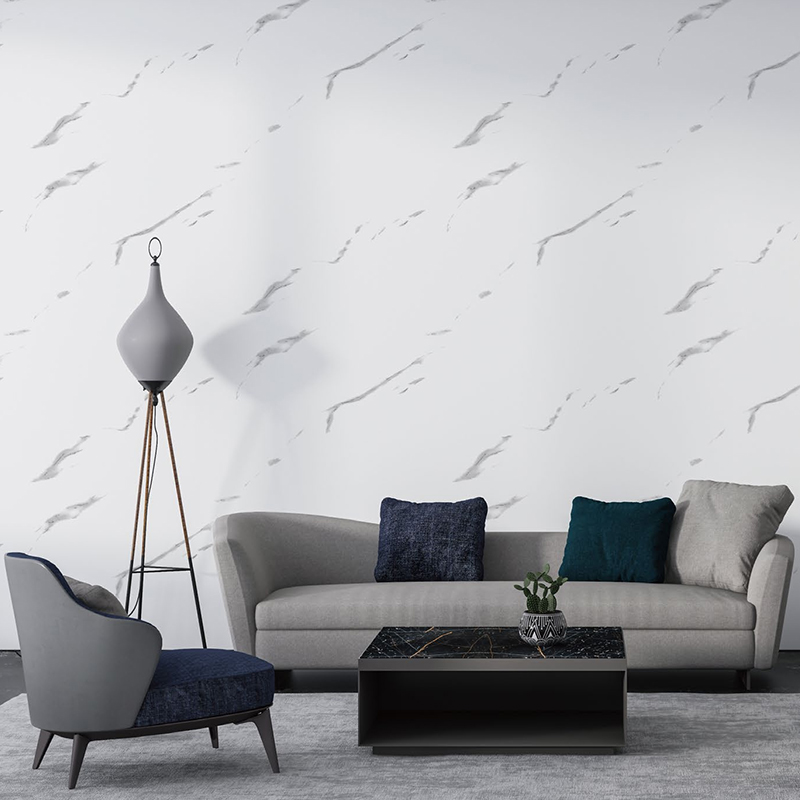The manufacturing landscape is being reshaped by materials that offer both high functionality and flexibility, and at the forefront of this revolution is the printed composite film. This material is much more than just a layer of plastic; it's a sophisticated structure where different materials—each contributing a specific property—are combined and manufactured using precise printing techniques. This synergy allows for the creation of devices and systems that are thin, lightweight, and adaptable to various shapes, opening up new possibilities in electronics, packaging, and sensors.
Understanding the Structure
A printed composite film is fundamentally a multi-layered material. The "composite" aspect refers to the engineered combination of constituent materials, such as polymers, nanomaterials, conductive inks, and functional layers, all integrated onto a flexible substrate.
Key Components:
-
Substrate: This is the base layer, typically a flexible polymer (like PET, PEN, or polyimide) chosen for its mechanical robustness, thermal stability, and low cost. It provides the necessary support for the subsequent layers.
-
Functional Layers (The Print): These are the components that give the film its intelligence. They are deposited using printing techniques such as screen printing, inkjet printing, gravure, or flexography. Examples include:
-
Conductive traces: Printed with metallic or carbon-based inks to form circuits.
-
Semiconductors: For active components like transistors.
-
Dielectrics: Insulating layers crucial for capacitors and circuit isolation.
-
Active Materials: For specialized functions, such as luminescent materials for displays or sensing elements.
-
-
Encapsulation/Protective Layers: These final layers are essential for protecting the delicate printed components from environmental factors like moisture, oxygen, and physical abrasion, thereby ensuring long-term reliability.
The precise, additive nature of the printing process drastically reduces material waste compared to traditional subtractive manufacturing (like photolithography), making the fabrication of a printed composite film more cost-effective and environmentally friendly.
Applications and Impact
The versatility inherent in the design of the printed composite film drives its application across several high-growth industries:
Flexible Electronics
-
Roll-to-Roll Processing: The compatibility of the material with continuous roll-to-roll manufacturing allows for mass production of flexible circuits, antennas, and displays.
-
Flexible Batteries and Energy Storage: Composites incorporating electrode materials and electrolytes can create ultra-thin, flexible power sources suitable for wearable devices.
-
RFID Tags and Antennas: Near-field communication (NFC) and Radio-Frequency Identification (RFID) tags are commonly fabricated as printed composite films due to their low profile and low cost, enabling wider adoption in logistics and asset tracking.

Smart Packaging
-
Integrated Sensors: The film can embed sensors to monitor the condition of perishable goods, detecting changes in temperature, humidity, or gas composition. This is leading to "intelligent" or smart packaging.
-
Interactive Features: Indicators, timers, and simple flexible displays can be printed directly onto the packaging film, enhancing consumer engagement and providing immediate product status information.
Healthcare and Wearables
-
Biomedical Sensors: Thin, conformable films are ideal for skin-mounted patches that monitor vital signs (ECG, temperature) without causing discomfort.
-
Drug Delivery Patches: The composite structure can be engineered to precisely control the release of active pharmaceutical ingredients.
The innovation driving the development of printed composite film lies in the ability to precisely control the material properties—from conductivity to porosity—layer by layer, enabling a future of pervasive, affordable, and flexible electronic intelligence.



 English
English Français
Français русский
русский عربى
عربى Español
Español











